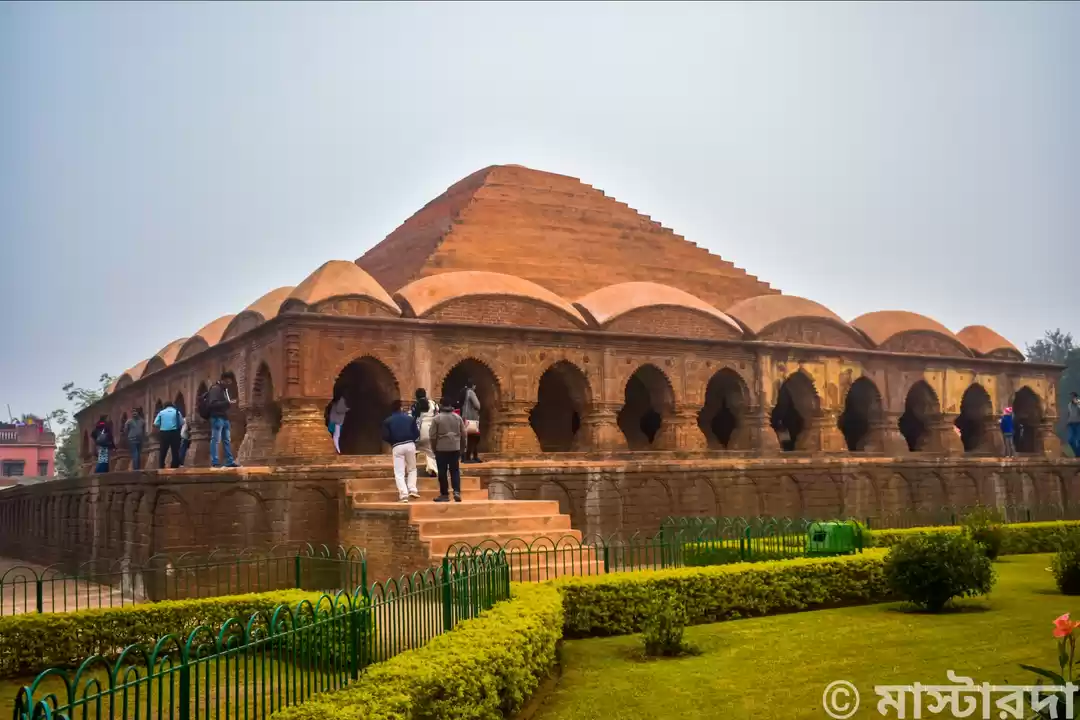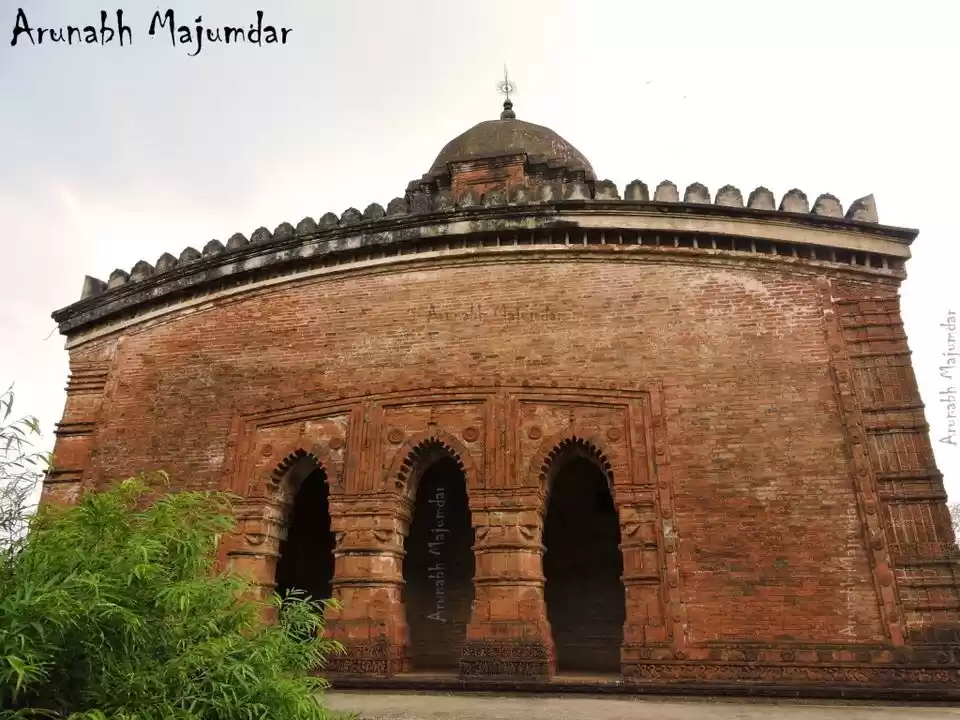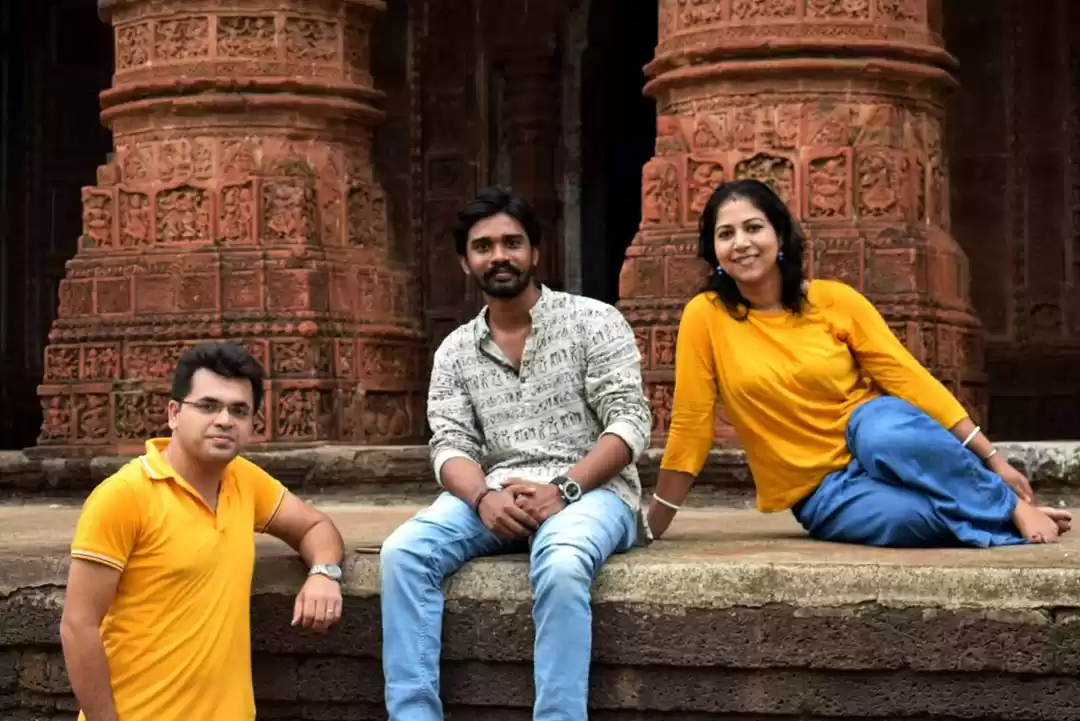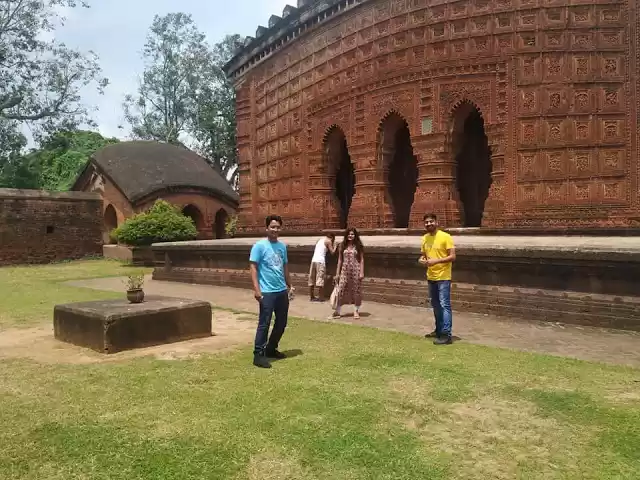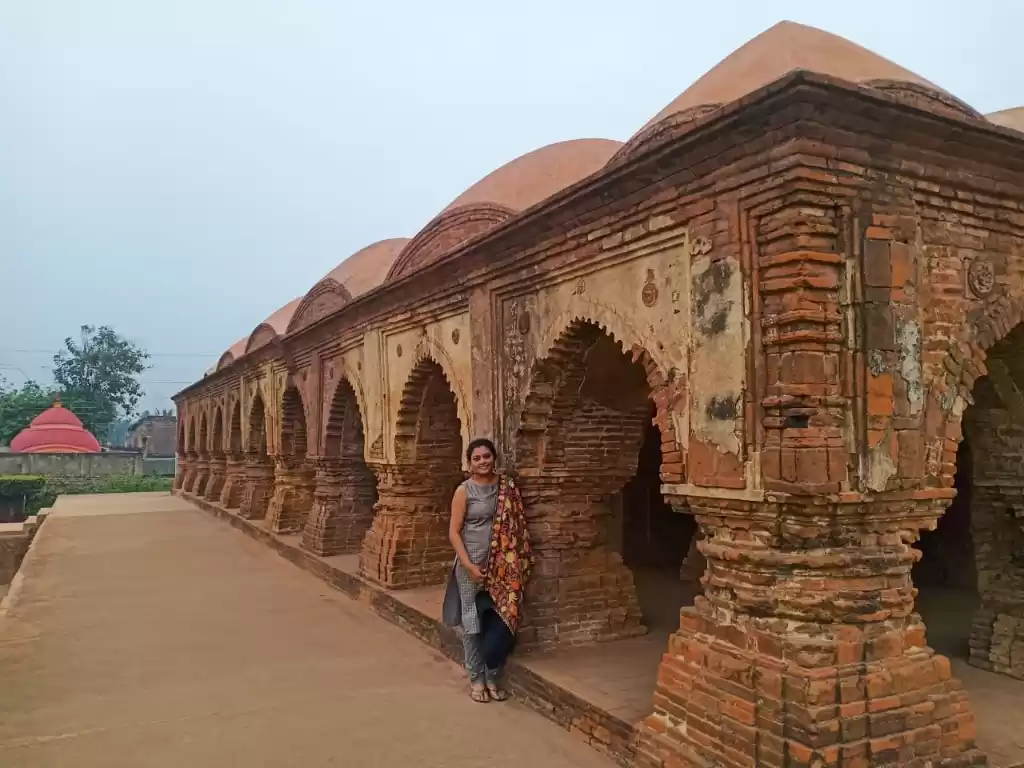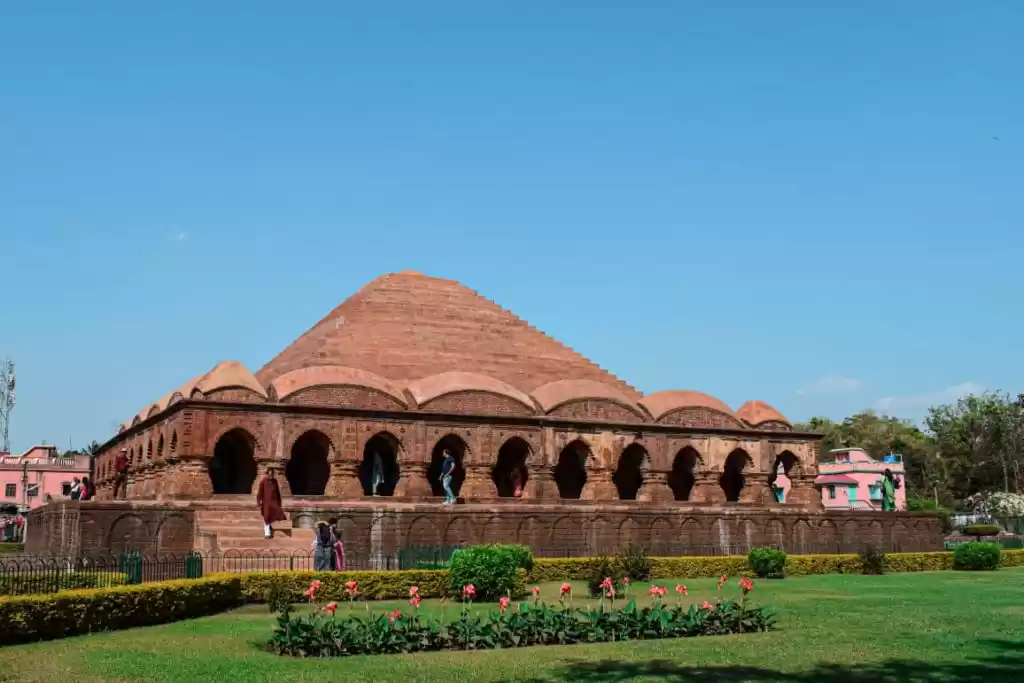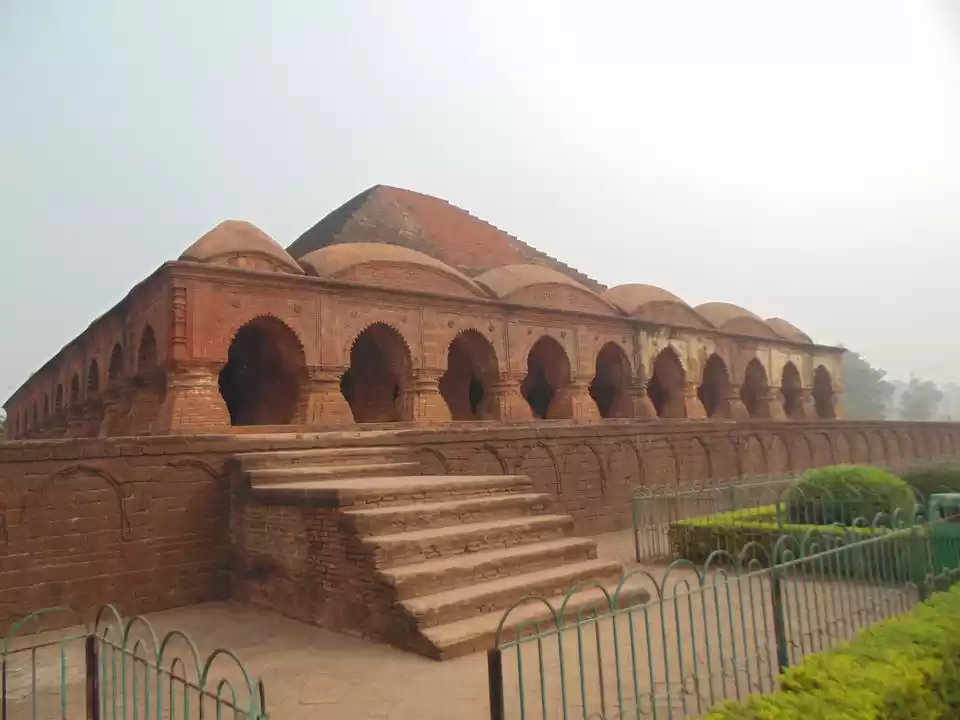
Located in West Bengal, Bishnupur is a village which is rich in terms of temple architecture and has been documented extensively by historians, architects as well as archaeologist. This village in the Bankura District has numerous temples scattered all across it, terracotta being the main component of building construction.

Historians say that the Malla kingdom after about 300 years of its establishment shifted its kingdom to present day Bishnupur and over the next 800 years, various temples and structures were commissioned (both of brick and stone), turning Bishnupur into a Temple Town.’

Since locally available stone had always been an issue in the plains of Bengal, when commissioned to build these structures, architects resolved to using clay and laterite stone, the development of which led to the evolution of a style of architecture that had influences of existing styles of temple architecture in other parts of the country.

In Bishnupur, most of the temples that still exist combine both the north Indian nagara style and the Orissan style of temple architecture and most of them are fashioned in the style of Bengali huts with sloping roofs joined at curvilinear edges and ending in arched cornices. Indo-Saracenic influences can be seen in this area which are highlighted in the presence of architectural features like that of the ratna (pinnacle towers over a flat roof) and the domed style of the roof.
The temple with their plan being located along the East-West Axis, indicated the religious significance of the movements of the sun in Hinduism.The southern facades of these temples are seen to consist relief sculptures and ornamentation, bearing the images of mainly Shiva and Vishnu.

There were mainly three styles of terracotta temples that were constructed in the area, the most predominant being the ‘Ek-Ratna’ style, which essentially comprised of a single shikhara (canopy), over the sloping roof. The word ‘Shikhara’ is a Sanskrit word, which literally translates to,’mountain peak’ and was used in these temples as a symbolism towards the presiding deity of the temple and where it is enshrined. One of the most notable examples in Bishnupur which categorises under this, is that of the ‘Madan Mohan Temple’, which was constructed by Raja Durjan Singh in the year 1694.
Madan Mohan Temple-
Constructed by Raja Durjan Singh in the year 1694, this is a key example of works in laterite stone,exhibiting intricate religious inscriptions in the terracotta cladded facades of the temple.

Via these inscriptions, historians have concluded that this temple was dedicated to Lord Krishna, who is called as’ Madan Mohan’ in this temple. Enshrining the metal idols of Lord Krishna and Radha, various scenes are depicted from the epics and Puranas along horizontal bands on the walls of the temple.
The most notable sculpture in this ornamentation is that of the ‘Nabanarikunja’, where the carvings of nine females form an elephant.

The temple has a square base of 12.2m X 12.2m and a height of 10.7m. Similar to the raised platforms or the jagatis that were characteristic to the traditional Hindu temple architecture, these superstructure of these temples was also raised on high plinths, which measure 1.5 metres in height. The pradakshina path which was traditionally located on the inside of the temple around the Garbhagriha, was now seen to shift outwards.

Carved out of laterite stone, the pillars of the interior are flushed with the surface and no major ornamentation can be seen in them. With square bases gradually transforming into octagonal shafts, the ornamented capital merges into the arch which is takes its roots from that of the Buddhist chaitya arch.

Animal depictions and figurines of Lord Krishna are depicted on the base of the columns, their shafts being relatively devoid of any major ornamentation.

Various passageways are seen leading one from the entrance of the temple to the interiors, that is, into the garbhagriha- the space where the deities are enshrined.The facade of the temple is completed with the rise of a shikhara, that is comprised of a stepped base, representing the deity to which the temple was dedicated to.

One of the main features of these temples is the extensive ornamentation done on the facades of its columns and southern walls.


A walled passageway is created along the North-South axis leading into the temple, so as to enforce a sense of linearity within the temple along which, the user when traverses upon, the temple is gradually revealed, providing a heightened sense of experiential aesthetics.

To sum up, Bishnupur is a town that the masses do not know about due to its remote location and lack of publicity. If you ever do visit West Bengal, I would urge you to visit this fascinating town, whose architecture is a reflection of the change that the area has undergone through.

Frequent Searches Leading To This Page:-
bishnupur the city of temple, bishnupur city of temple bishnupur west bengal, bishnupur city of temple, bishnupur temples in west bengal, bishnupur temples


